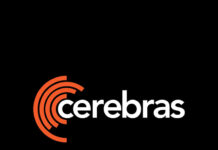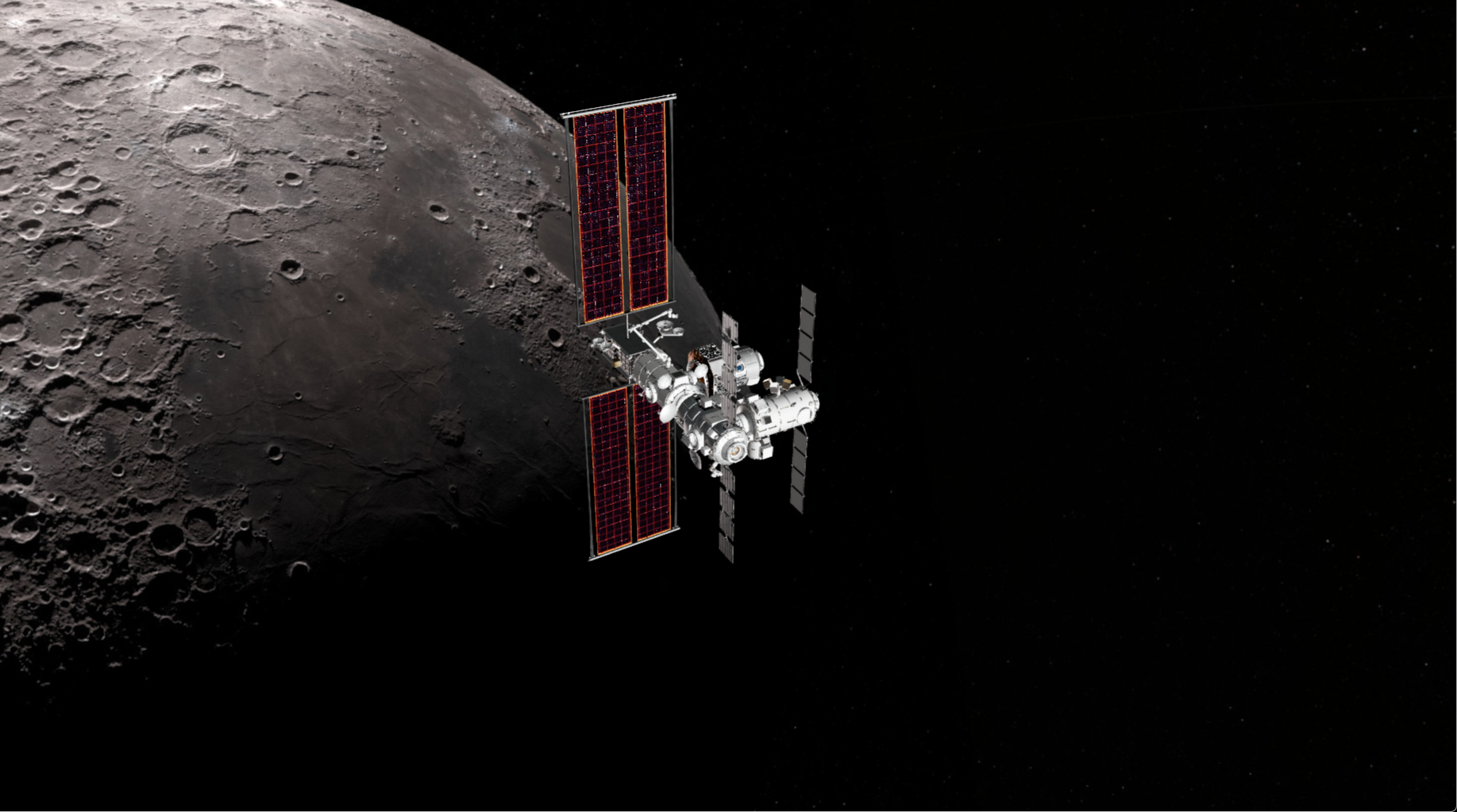Exploring the Future of Deep Space Exploration: The Gateway Lunar Space Station
In a groundbreaking step towards the future of deep space exploration, NASA has introduced a virtual 3D model of Gateway, a pioneering lunar space station set to orbit the Moon. This interactive model allows space enthusiasts and the general public to immerse themselves in the innovative design and function of Gateway, a crucial element in humanity’s quest to uncover the mysteries of deep space. By downloading this model, users can click, drag, and examine the exterior of the station from multiple perspectives, offering a unique and comprehensive view of this essential component of future space missions.
Gateway: A Lunar Outpost for International Collaboration
Gateway is poised to become the first space station to orbit the Moon, serving as an international hub for astronauts from various space agencies around the world. This lunar outpost will play a pivotal role in the Artemis campaign, a NASA-led initiative aimed at returning humans to the Moon’s surface and ultimately preparing for human missions to Mars. The Artemis campaign is named after the Greek goddess of the Moon and twin sister of Apollo, symbolizing the program’s goal to build on the legacy of the Apollo missions.
The Role of Gateway in the Artemis Campaign
The Artemis campaign is divided into several phases, with Artemis I, II, and III being the major milestones leading up to the first crewed lunar landing since 1972. Gateway will be central to these missions, serving as a staging point for astronauts traveling to and from the lunar surface. It will facilitate scientific research, technology demonstrations, and international cooperation, all while orbiting the Moon.
- Artemis I: This initial phase involves an uncrewed test flight of the Space Launch System (SLS) rocket and the Orion spacecraft. It aims to demonstrate the capabilities of both systems in preparation for future crewed missions.
- Artemis II: This will be the first crewed mission, taking astronauts around the Moon and back to Earth. It will test critical systems and provide valuable experience for the crew.
- Artemis III: This milestone mission will land the first woman and the next man on the lunar surface, specifically near the Moon’s South Pole, where scientists believe water ice exists. Gateway will play a crucial role in this mission by providing a safe haven and research base for astronauts.
Technical Aspects and Innovations
Gateway’s design incorporates numerous technological advancements aimed at supporting long-duration missions. Here are some of the key features:
- Modular Design: Gateway will be composed of multiple modules that can be assembled in space. This modularity allows for flexibility and the addition of new components over time.
- Advanced Propulsion: The space station will use solar electric propulsion, a highly efficient system that uses electricity generated by solar panels to power ion thrusters. This propulsion system is ideal for deep space missions due to its efficiency and long operational life.
- Autonomous Systems: Gateway will be equipped with autonomous systems that allow it to operate independently when astronauts are not on board. This capability is essential for maintaining the station and conducting experiments between crewed missions.
- International Partnerships: The development and operation of Gateway involve collaboration with multiple international space agencies, including the European Space Agency (ESA), the Japan Aerospace Exploration Agency (JAXA), and the Canadian Space Agency (CSA). This global partnership ensures a diverse range of expertise and resources.
Gateway’s Scientific and Exploration Objectives
The primary objectives of Gateway include:
- Scientific Discovery: Gateway will enable unprecedented scientific research in the fields of lunar geology, astrophysics, and fundamental space science. Researchers will have the opportunity to study the Moon’s surface and its environment in detail, providing insights into the history and evolution of our solar system.
- Technology Development: The space station will serve as a testbed for new technologies and systems that will be essential for future deep space missions. This includes life support systems, habitat modules, and radiation protection technologies.
- Human Exploration: Gateway will play a critical role in preparing for human missions to Mars. It will provide a platform for testing long-duration life support systems and other technologies required for interplanetary travel.
Public Engagement and Educational Opportunities
The availability of the 3D model of Gateway is part of NASA’s broader effort to engage the public and inspire the next generation of scientists, engineers, and explorers. By making this model accessible, NASA aims to provide a tangible connection to the exciting advancements in space exploration and foster a deeper understanding of the complex engineering and scientific efforts involved.
Reactions and Reviews
The release of the 3D model has garnered positive reactions from the scientific community and space enthusiasts alike. Many have praised the model for its detail and educational value, highlighting its potential to spark interest in space science and exploration.
Dr. Sarah Johnson, a space scientist at the University of California, remarked, “The 3D model of Gateway is a fantastic tool for both educators and students. It provides a hands-on way to explore the complexities of space station design and the exciting future of lunar exploration.”
Conclusion
The Gateway lunar space station represents a significant leap forward in humanity’s journey to explore deep space. By orbiting the Moon, it will serve as a critical platform for scientific discovery, technological innovation, and international cooperation. The availability of a 3D model offers an engaging way for the public to connect with this ambitious project and gain insights into the future of space exploration.
NASA’s Artemis campaign, with Gateway at its core, promises to usher in a new era of human spaceflight, setting the stage for sustainable lunar presence and paving the way for the first human missions to Mars. As we stand on the brink of this exciting frontier, the 3D model of Gateway invites us all to be part of this incredible journey, exploring the final frontier and expanding our horizons beyond Earth.
For more information and to download the 3D model of Gateway, visit NASA’s official Gateway website. Engage with this remarkable tool and explore the future of space exploration from the comfort of your home.
For more Information, Refer to this article.

































